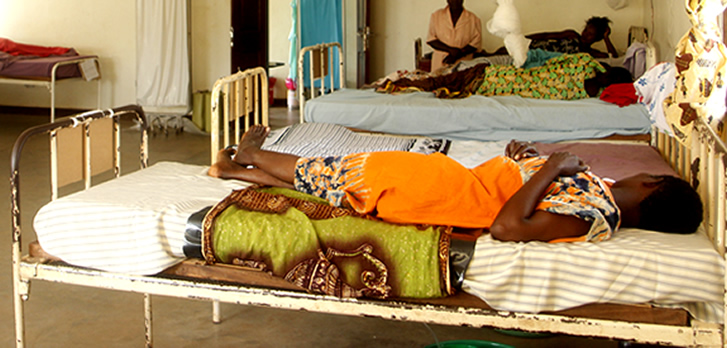Learn the Issues

Of all pregnancies anywhere, 15 percent will have a potentially fatal complication. In the developing world, having a baby will be the riskiest thing a woman will do. Yet in most cases, mothers there deliver without any skilled attendant. Often, only their mother-in-law is present.
In Sub-Saharan Africa, for example, a woman has a lifetime risk of 1 in 39 of dying from pregnancy related complications.
Globally, an estimated 287,000 maternal deaths occurred in 2010. Sub-Saharan Africa and Southern Asia accounted for 85 percent of the global burden (245,000 maternal deaths) in 2010.
In Uganda alone, there were 4,700 maternal deaths that year. One in four women who die during childbirth simply bleed to death. This can often be prevented by a medication that costs less than 99 cents.
“I don’t believe that we will make the progress on HIV/AIDS without addressing maternal mortality. We will not make the progress we want on malaria without addressing maternal mortality. We will not make progress on getting more children to school without reducing maternal mortality. When a mother survives, a lot survives with her.”
~Sarah Brown, safe motherhood advocate, Wife of former Prime Minister of the U.K.
''In the 20th century, pregnancy and childbirth killed more than tuberculosis, suicide, traffic accidents and AIDS, combined."
Half of all women in developing countries don’t have a skilled birth attendant at their delivery. Often, they have only their mother-in-law for help.
The death of one mother often leaves a family of orphans. These children, in turn, are more vulnerable to sickness and death. In addition, for every woman who dies in childbirth, about 20 women suffer injury, infection or disease – approximately 10 million women each year. Some develop a fistula, a tear in the bladder or rectum or birth canal that leaves them incontinent: they are women who will be thrown out of their families and villages, like lepers.
Causes
Mothers in developing nations are dying due to one of three deadly delays. The first delay is in the decision to seek care, the second is the delay in reaching the appropriate medical facilities and the final delay in care is at the health care system itself.
Decision to seek Care
The first deadly delay, in seeking care, is influenced by many things. A woman may not be able to seek care on her own, but may have to wait for her husband or mother-in-law to allow her. The woman and her family may not recognize a serious problem until it is too late. There also may be cultural expectations and prejudices. For example, in some cultures, women who don’t deliver naturally are seen as failures.
Reaching appropriate Medical Facilities
The second deadly delay, to reach the appropriate facility in time, results from a lack of transportation. There may be no vehicle available or roads may be washed out by strong rains.
The Health Care System
The final deadly delay in care, at the health centre, is often a result of no medical staff being available. The centre’s pharmacy may be empty or there may be no blood ready for an emergency transfusion. Any of these can also cause a mother’s death

